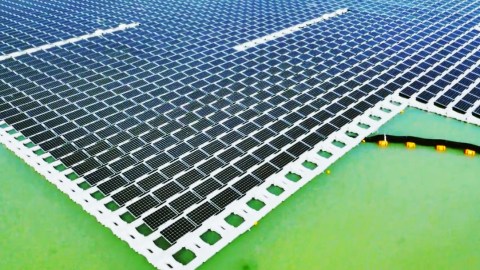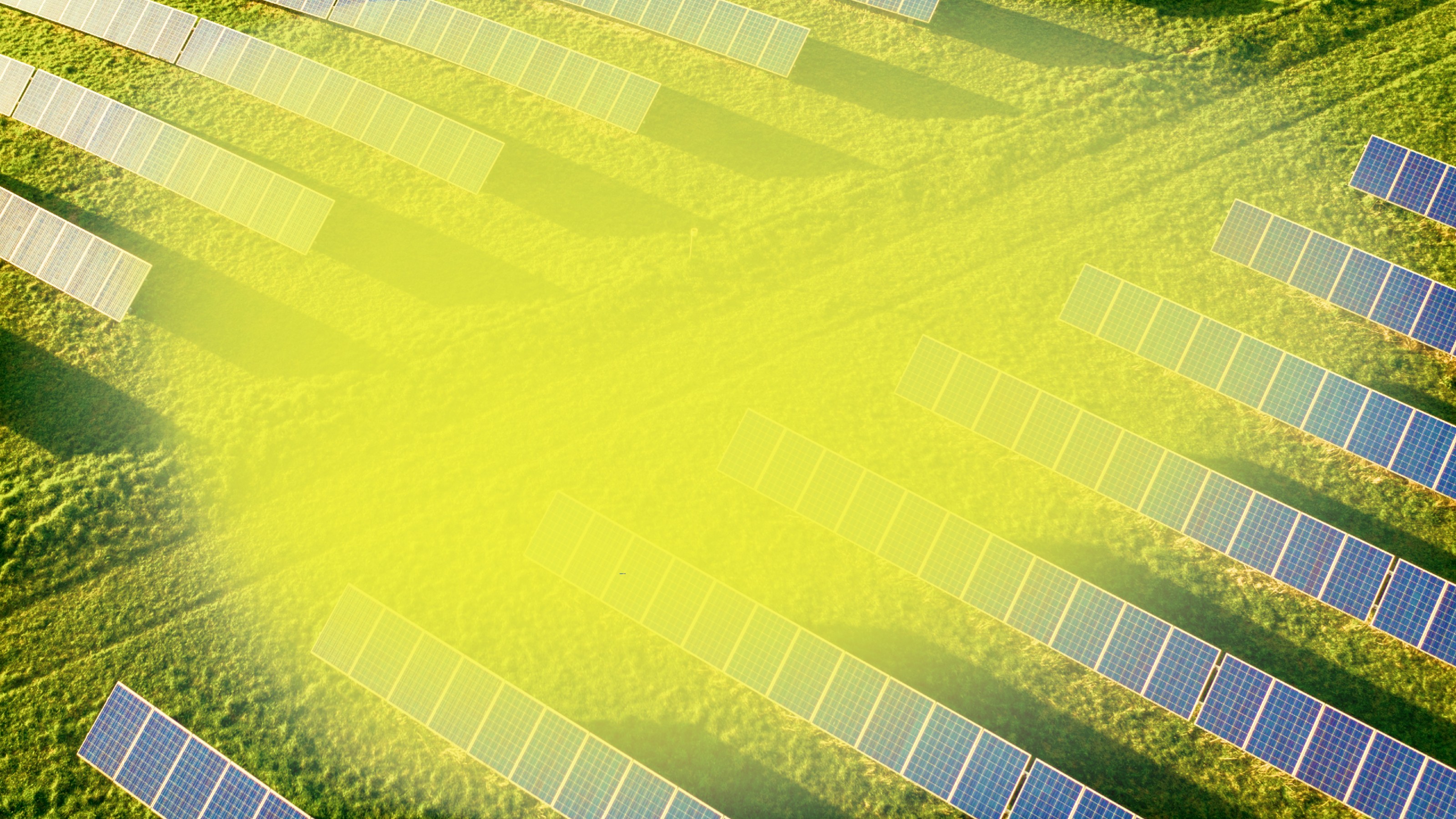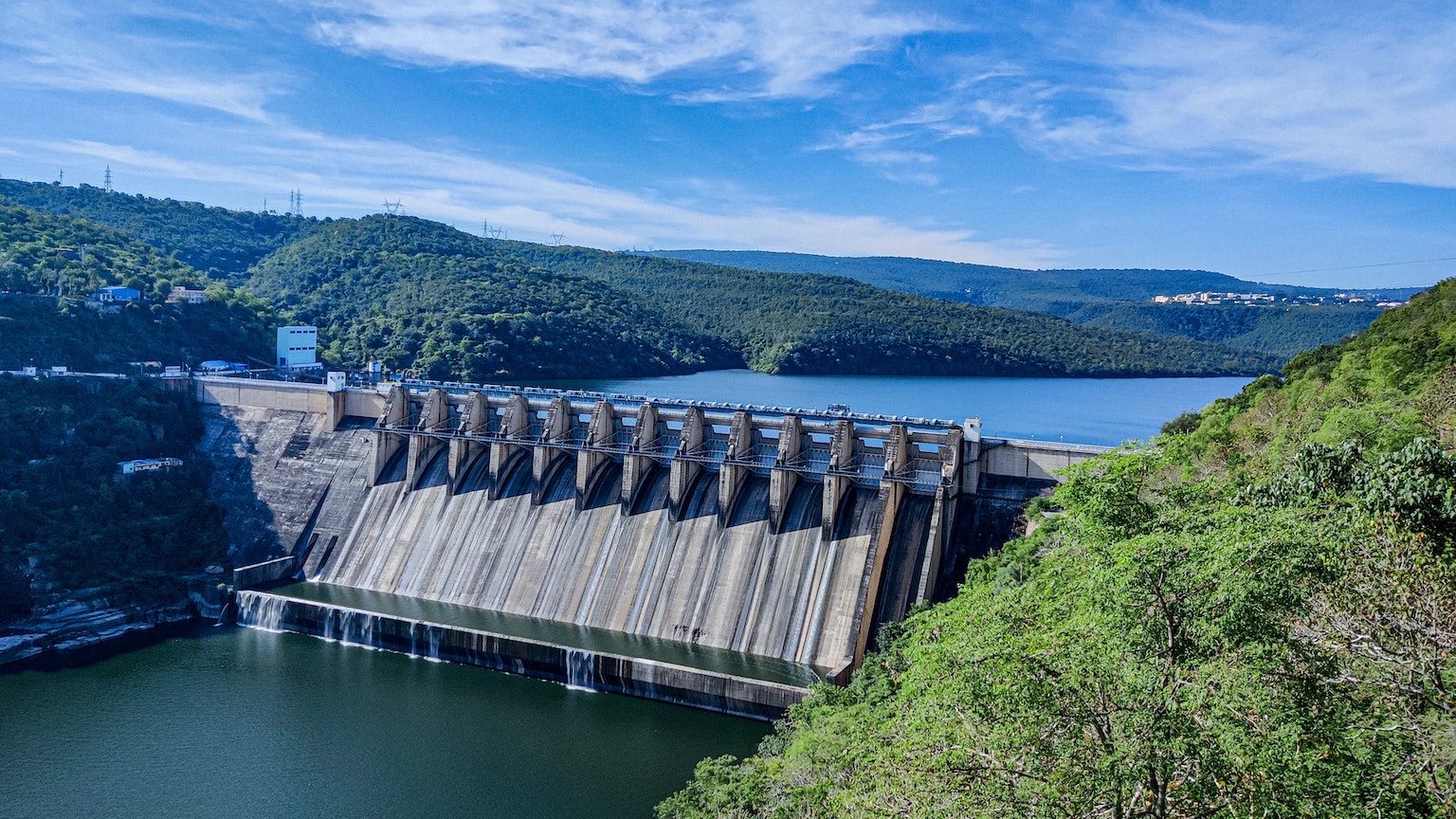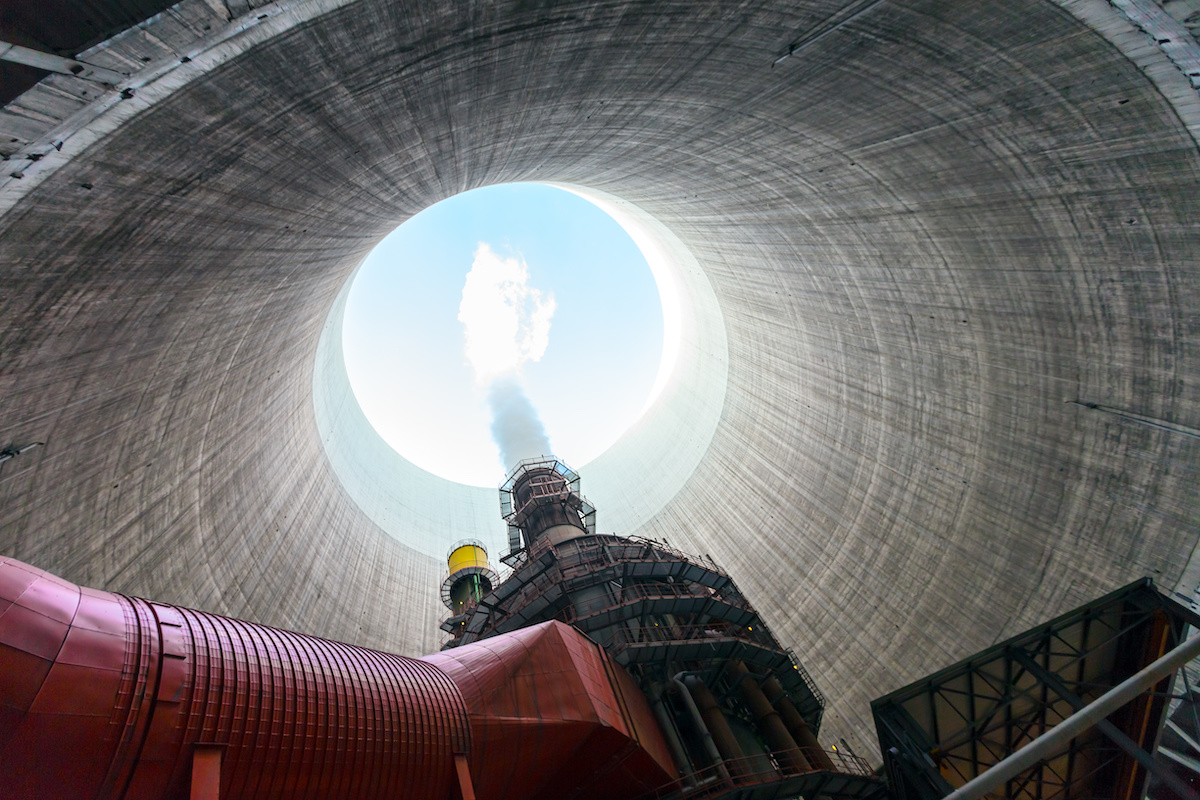Japan Will Be Harvesting Its Solar Energy from Floating Mega-Structures

The Paris climate talks set forth a global commitment toward supporting renewable energy. It would allow nations to become more self-sufficient, while slowing the coming climate change. As the world works toward a zero-emission economy, some countries have had to get creative about building their solar mega-infrastructure.
Take Japan: It’s a small, mountainous island nation — building on flat land comes at a premium. However, several companies have come together to find a solution, which would increase the nation’s solar farms without taking up valuable land real estate. They would float the panels on water. This installation is a collaboration among the Kyocera Corporation, Ciel et Terre, and Century Tokyo Leasing Corporation to build a series of buoyant solar farms in the Yamakura Dam reservoir in Chiba Prefecture.
The project will be Kyocera’s fourth floating installation. When completed, it will be the world’s largest floating solar farm (in terms of energy output).
Here’s a video of the floating solar power plant Kyocera completed in the Hyogo Prefecture of Japan:
Together, the solar panels will generate 13.7 megawatts, which is enough electricity to power approximately 4,970 households. The solar modules are scheduled to launch in 2017-2018.
“Japan needs new, independent, renewable energy sources after the Fukushima disaster,” saysEva Pauly, international business manager at Ciel et Terre. “The country needs more independent sources of electricity after shutting down the nuclear power and relying heavily on imported liquid gas.”
The future of renewable energy could help us create a greener future, and also, through these renewable resources, allow every country to become its own Saudi Arabia. Uruguay once needed to import most of its electricity. But as of 2015, 95 percent of its electricity now comes from renewable energy. Morocco has also made investment plans to build several solar mega-plants (in addition to hydro and wind plants) that would supply half of the country’s electricity by 2020.
***
Photo Credit: CHRISTOPHE ARCHAMBAULT / Getty Staff
Natalie has been writing professionally for about 6 years. After graduating from Ithaca College with a degree in Feature Writing, she snagged a job at PCMag.com where she had the opportunity to review all the latest consumer gadgets. Since then she has become a writer for hire, freelancing for various websites. In her spare time, you may find her riding her motorcycle, reading YA novels, hiking, or playing video games. Follow her on Twitter: @nat_schumaker





